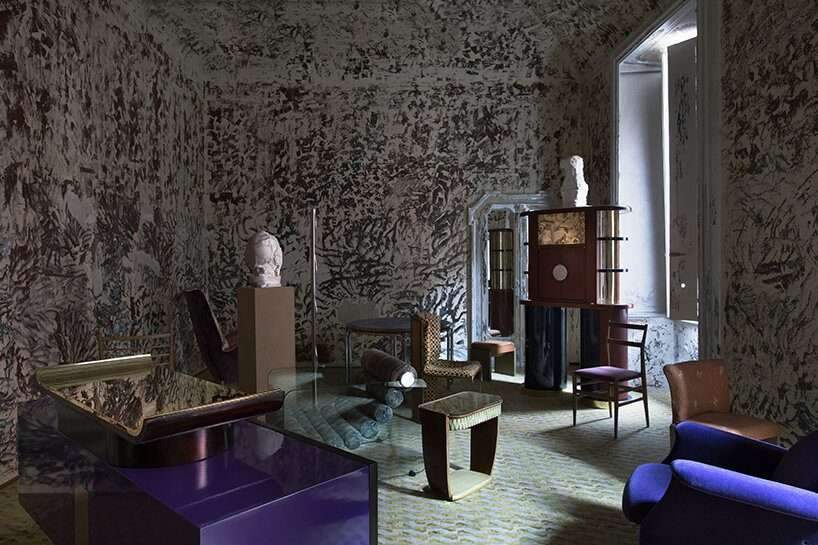Dimoregallery opens for milan design week
Dimorestudio, an innovative Italian design company, celebrates its 20th anniversary in style with an installation titled ‘No Sense.’ This event saw the collaboration between some of the best strategic design companies and the most prestigious international art galleries. In time for Milan Design Week 2023, the exhibition opened on April 18th and will run until April 23rd in an historic apartment on Via Solferino. No Sense served as a return to the roots of Dimorestudio, Dimoregallery and Dimoremilano, which unifies the three realities with a more holistic concept that encompasses the Dimore universe.
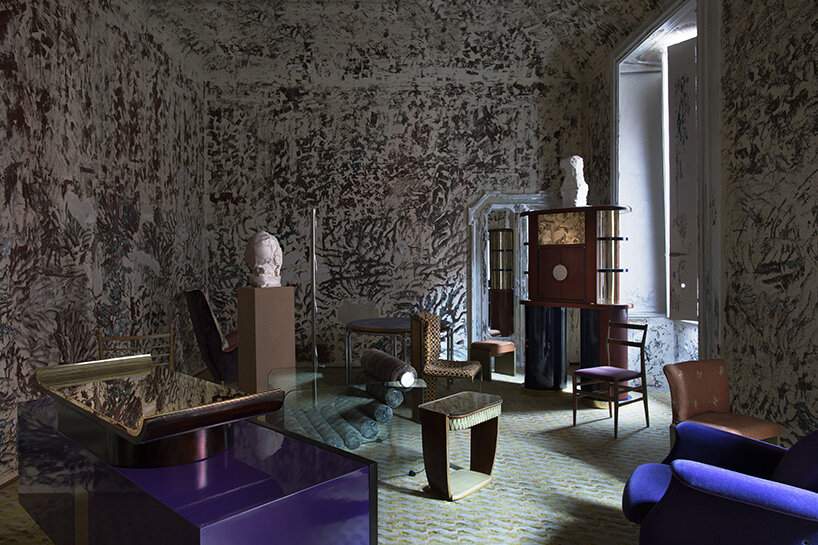 images © Silvia Rivoltella
images © Silvia Rivoltella
an apocalyptic display
The installation is an apocalyptic yet sophisticated setup composed of superimpositions and a visual connection between furniture and artwork, which has always been a part of Dimore’s vision. The furniture was created as a work of art, and the space conveyed the idea of time passing by restoring the walls and fixtures to their primitive state, thus revealing all the color changes that have occurred over the past twenty years and the parts of centuries-old frescoes that were thought to be lost forever.
For the exhibition, Dimorestudio collaborated with Galleria Massimo Minini, which is one of the most important Italian galleries with international resonance. The gallery presented two masterpieces of great interest from the modern Italian sculpture from Massimo Minini’s private collection, together with works by young living artists, which are the focal point of each room.
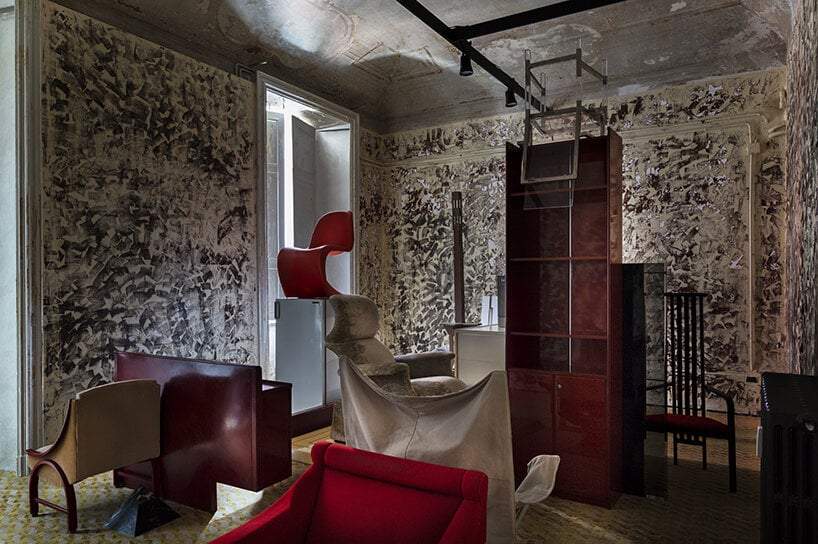
exploring ‘no sense’
The installation comprised of six perfectly apocalyptic and nonsensical rooms where the view is lost in the details. In the fireplace room, dark tones of brown, black, and reflective surfaces of mirrors and steels predominate. Achille and Pier Giacomo Castiglioni’s Mariano storage unit, Nanda Vigo’s bar cabinet, Luigi Caccia Dominioni’s storage unit for Azucena, Afra and Tobia Scarpa’s bookcase for B&B Italia, and a small table by Romeo Rega were piled in perfect disorder, engaging in dialogue with the first two sculptures made by Italian master Adolfo Wildt, Atte, dated 1892, and the Martirologio from 1895, from Massimo Minini’s private collection.
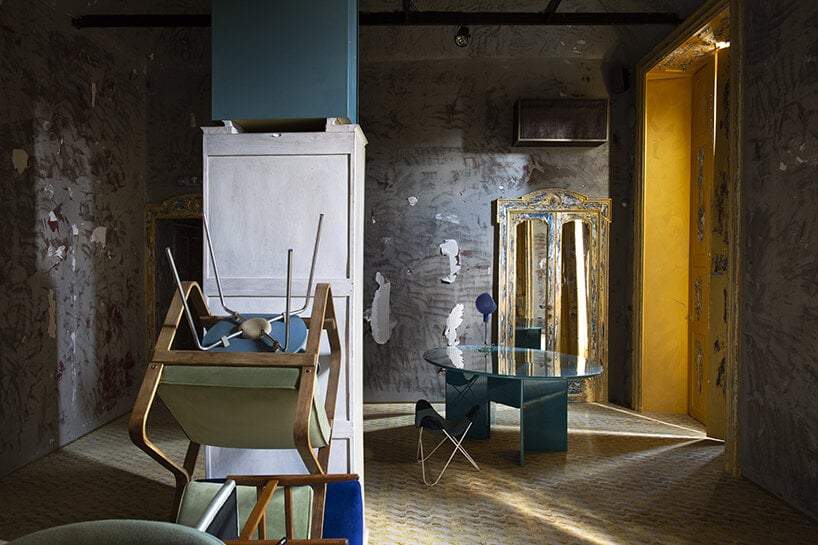
In a room adjacent to the terrace, blue, green, and cream colors enhanced Sottsass Associati’s bookcase, Piero Portaluppi’s cabinet, Kazuhide Takahama’s modular sofa, Giuseppe Pagano’s armchair, and chairs by Arne Jacobsen and Gio Ponti. The room was named ‘of the chandeliers’ and heavily inspired by old lamp and lighting stores of the 1970s. An alcove saturated with chandeliers, all placed at the same height, formed a true illuminated pattern on the ceiling. The elements were of different designers, eras and materials, of glass or plexiglass, from Venini to Sottsass.
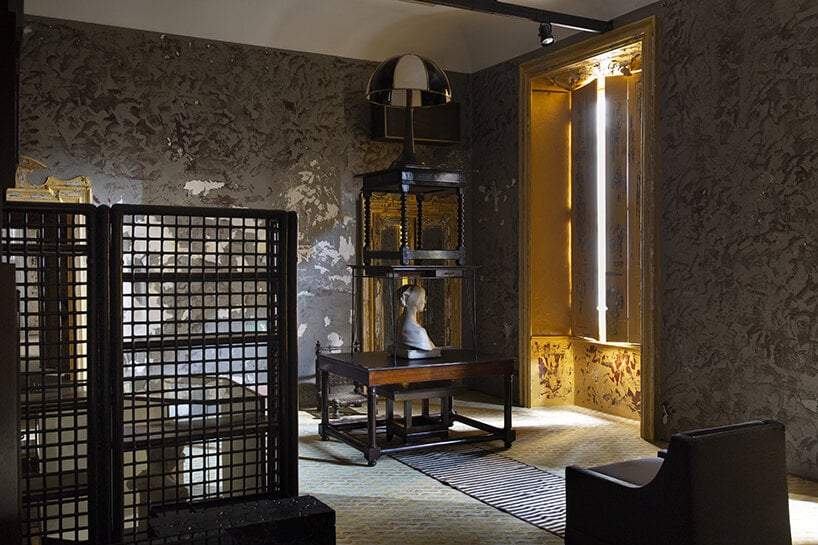
In another room with shades of wisteria, violet and wood, a limited-edition sideboard by Dimorestudio and a series of seats were accommodated. Fabio Lenci for Confort Line, Jean Royere for Maison Gouffè, Leggera by Gio Ponti, Mario Sabot, Gino Levi Montalcini, a game table by Gianfranco Frattini for Cassina, Dimorestudio’s bar cabinet, Osvaldo Borsani’s small table, and three important sculptures by Armando Andrade Tudela were on display.

